From Office to Cockpit: How Indian Working Professionals Are Becoming Commercial Pilots?
The Indian aviation industry continues to grow from strength to strength. Traditionally, many young people dreamed of becoming pilots
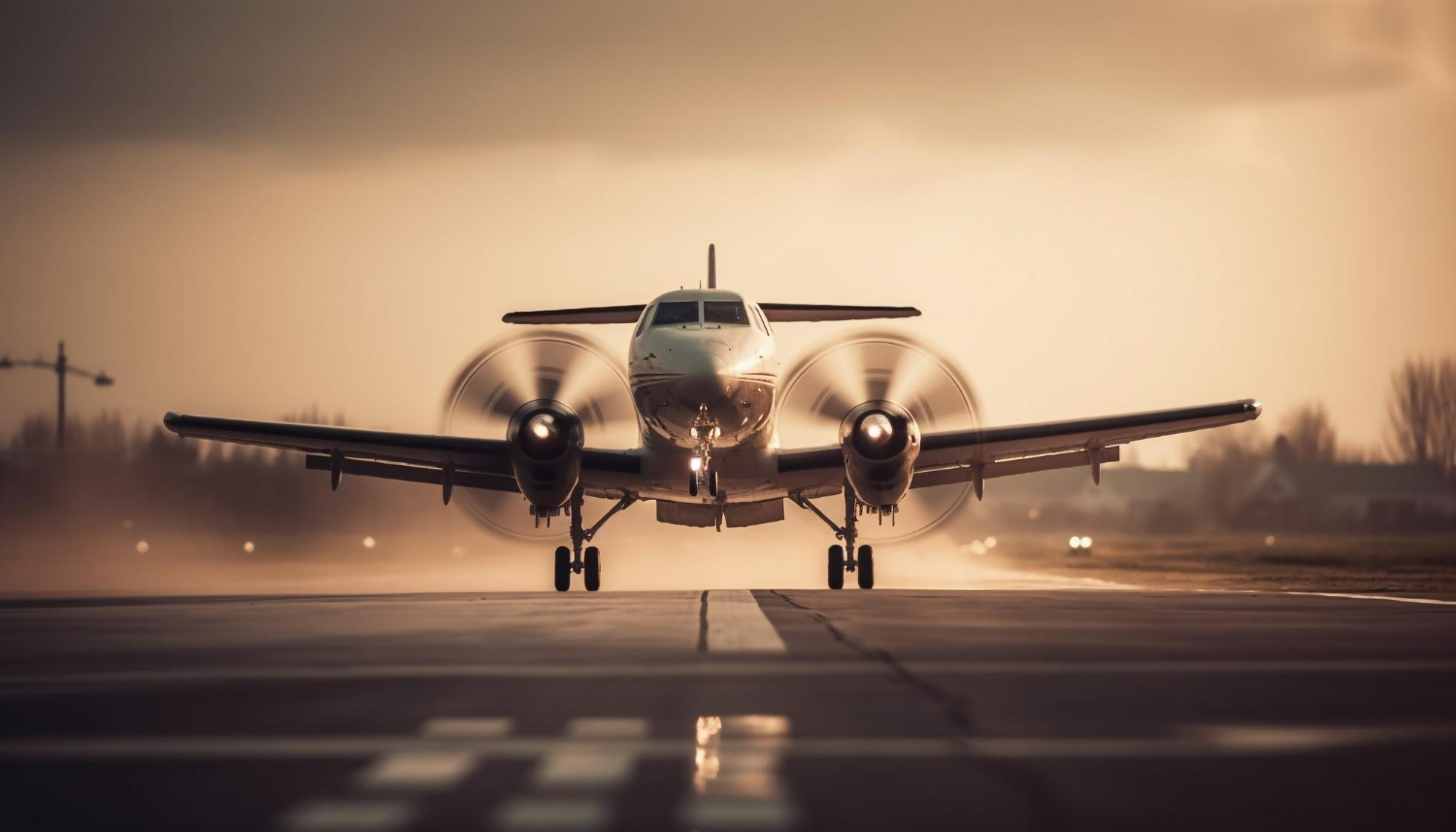
The landing gear of an aircraft is an essential component. It helps the plane to land on the runway and take off. A pilot needs to know when to open and close the wheels of the plane. This process is followed for technical reasons and also to ensure safety, efficiency and aerodynamic performance of an aircraft.
The wheels of an aircraft are in contact with the runway during takeoff and landing. The Landing gear usually consists of three or more wheels, shock absorbers, a brake system and a hydraulic or electro-mechanical retraction system. In larger aircraft, these wheels are recessed into the fuselage after takeoff to decrease aerodynamic drag and save fuel.
This blog will help you learn about the details of how the process of opening and closing the wheels of an aircraft works and how aviation academies assist pilots in learning it.
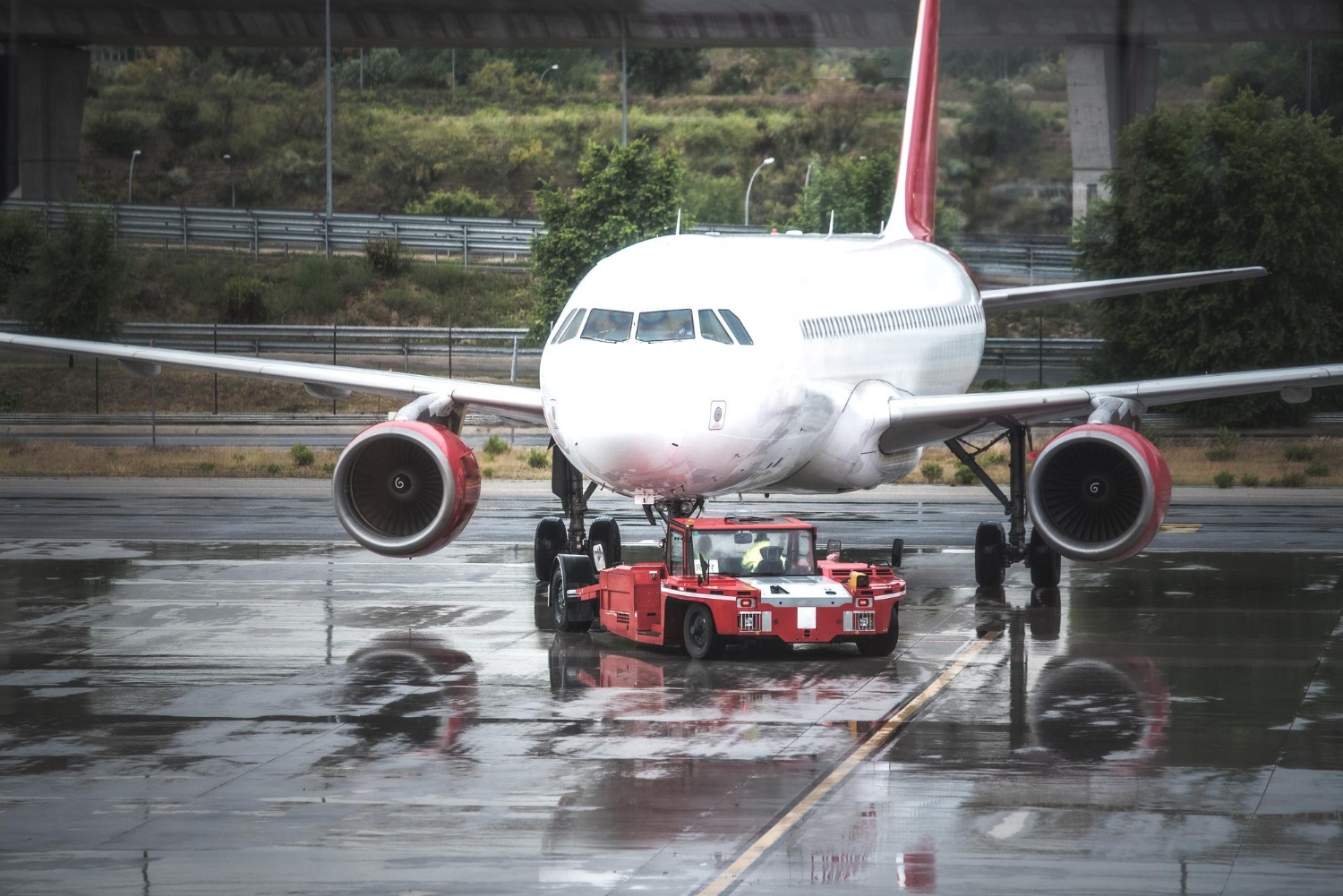
When the aircraft takes off and achieves a positive rate of climb, the pilot commands “Gear Up”. This indicates that the aircraft is now at a safe altitude and does not need to return to the runway. This procedure is usually done above 500 feet AGL (Above Ground Level), although this may vary slightly along with different aircraft and SOP (Standard Operating Procedures). Locking the wheels early decreases drag, allowing the aircraft to climb more efficiently.
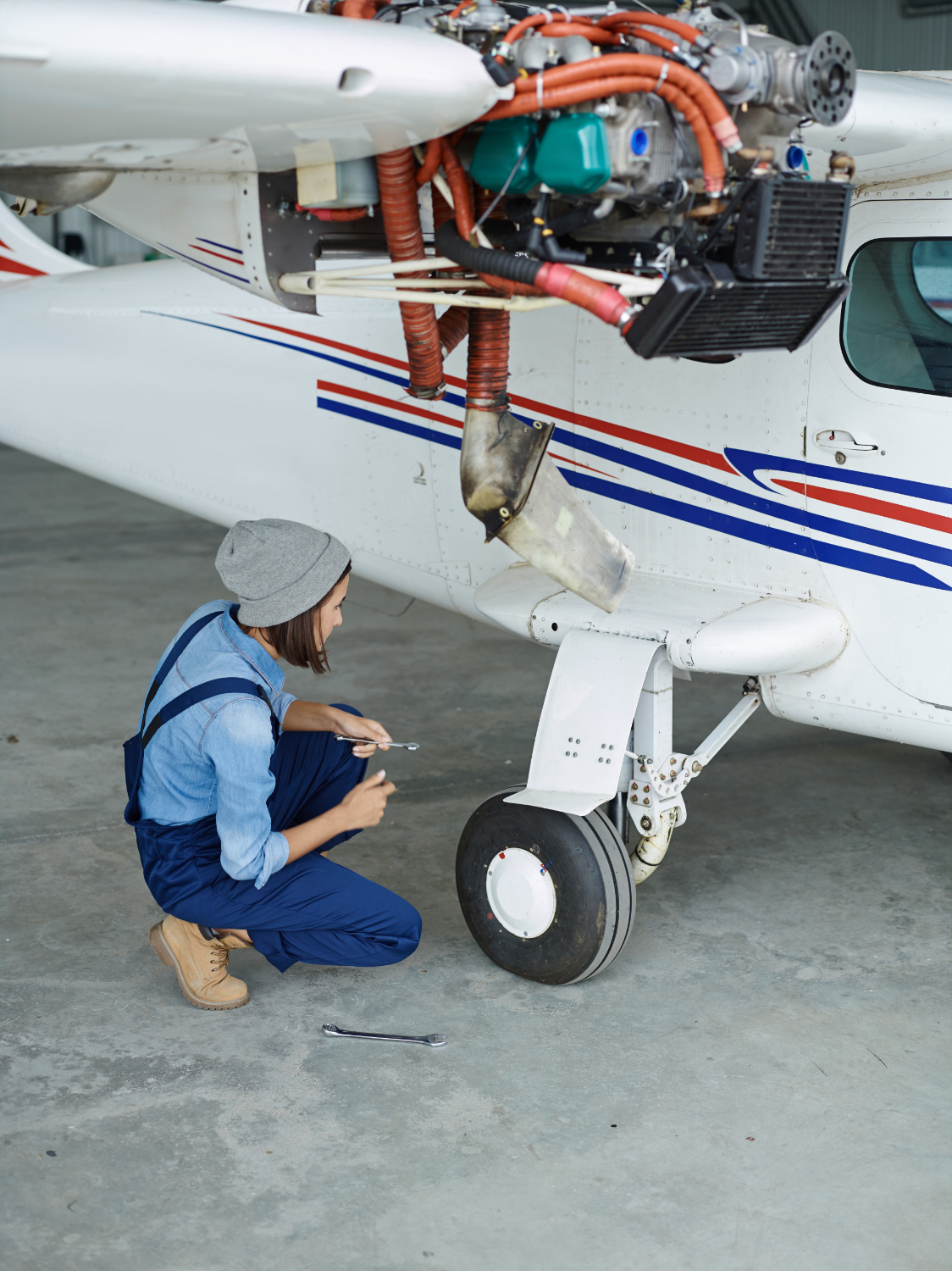
The wheels are unlocked in the final phase of flight, when the aircraft is on final approach. This is done at an altitude of 1500 to 2000 feet AGL. Once the pilot moves the landing gear lever to the “Down” position, the wheels come out and get ‘locked’ by a hydraulic or electro-mechanical system. This is confirmed by the ‘Three Green’ lights visible in the cockpit, indicating that all three wheels are in the correct position.
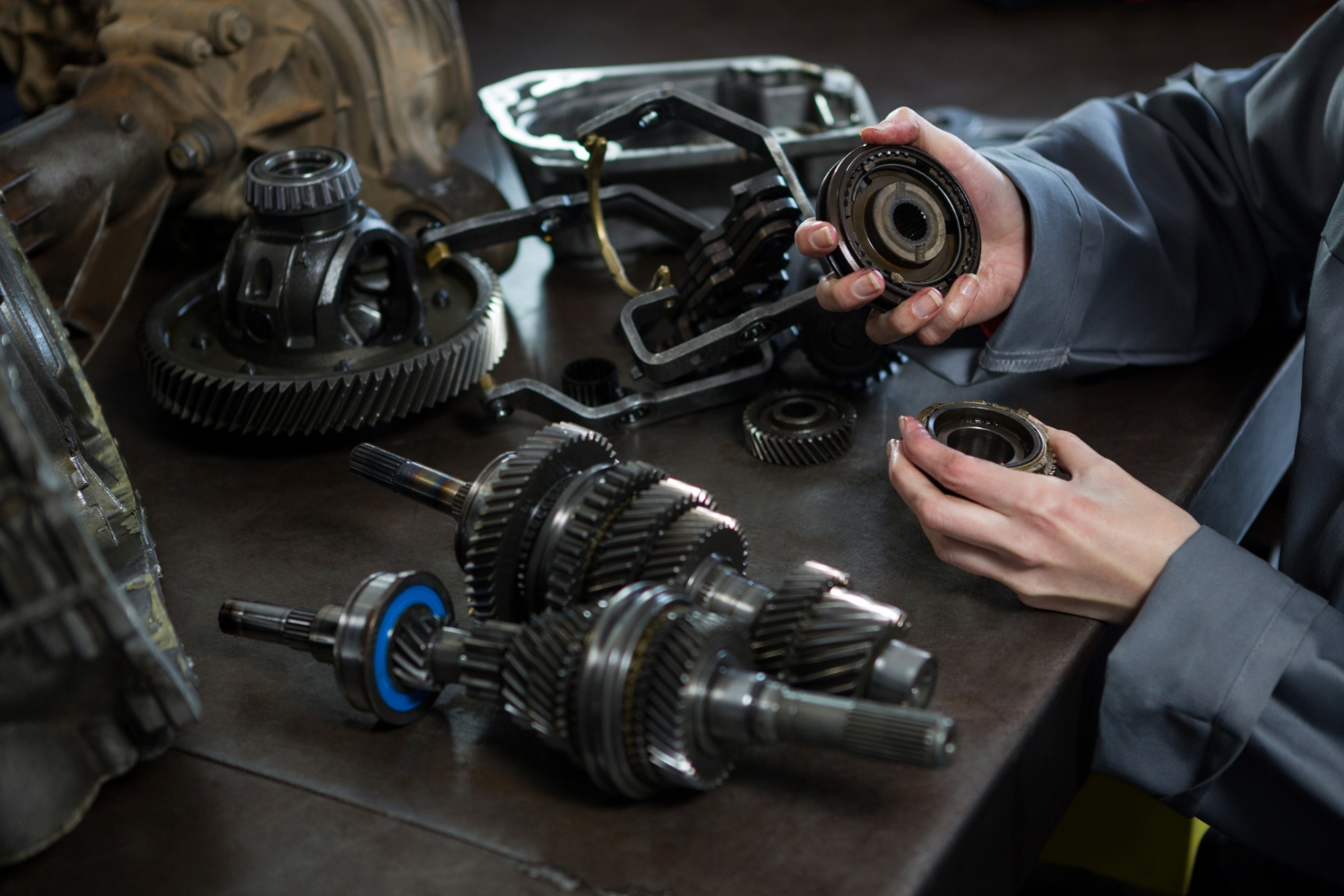
There is a fixed sequence for gear operation that pilots must follow. After takeoff, the moment the “positive rate” is received, the pilot puts the gear up and then retracts the flaps sequentially. Upon landing, the gear is lowered below 2000 feet, and all systems are confirmed as per the “Before Landing Checklist”. If any fault is found, the pilot either does a go-around or adopts the emergency procedure.
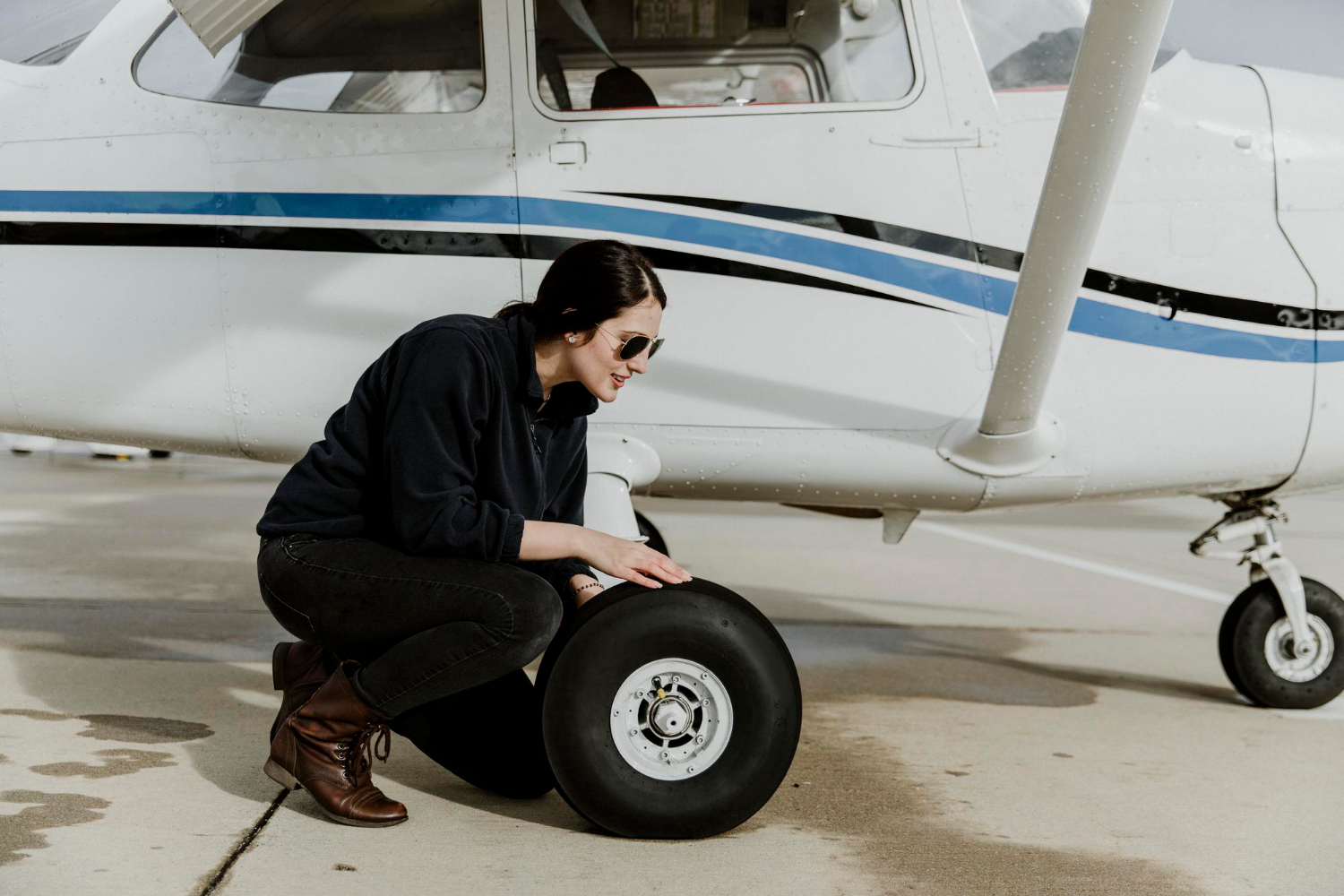
If the wheels do not open, the aircraft has to adopt the emergency gear extension procedure. Most aircraft have an alternate system that can retract the wheels manually or electrically, even in case of a hydraulic failure. If that does not work, the last option is a belly landing. This is a rare but a situation for which pilots are trained.
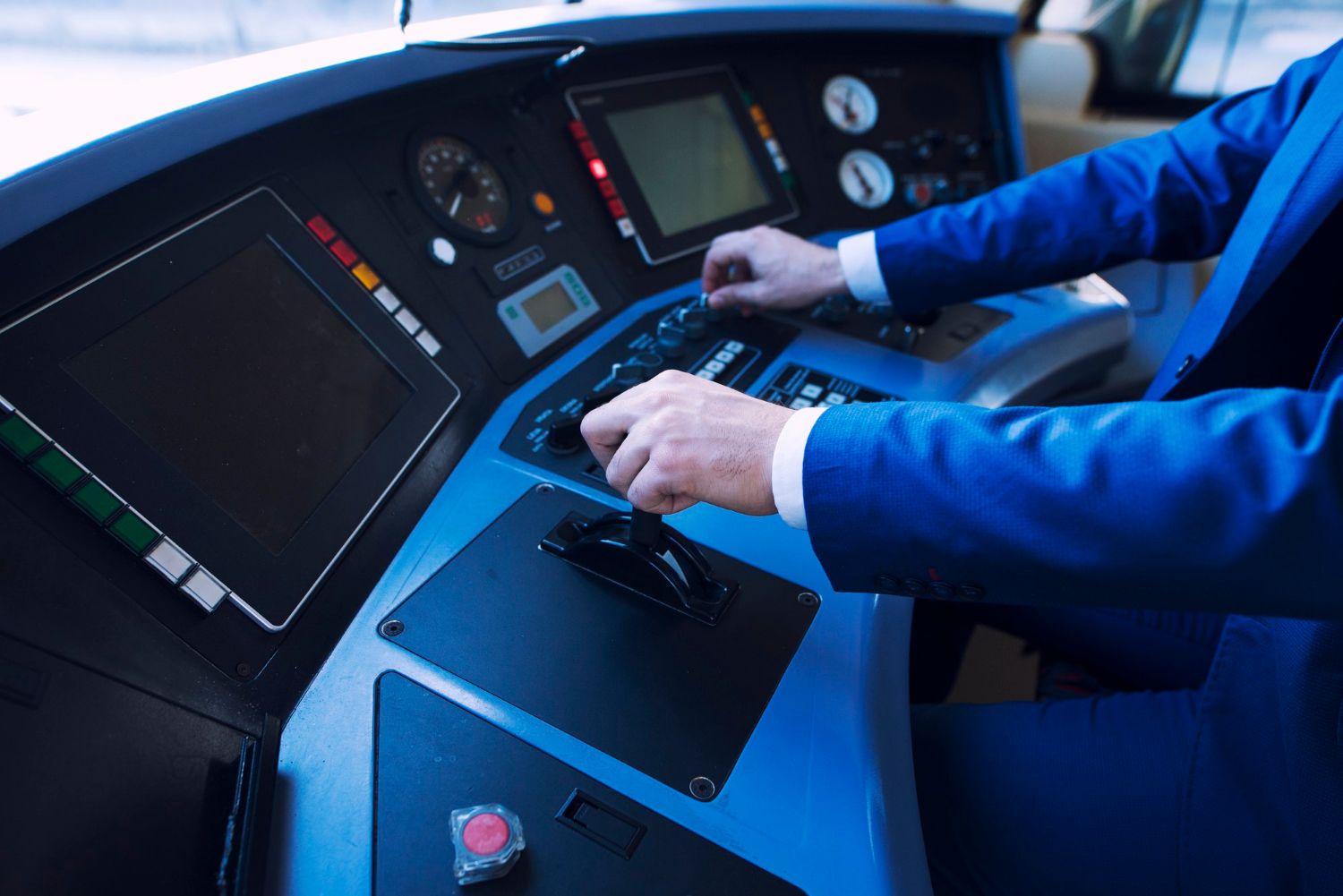
Wheels in Boeing 787, Airbus A350, or other jetliners have become highly automated. In these aircraft, gear operation is linked to the flight control system, which allows the wheels to be opened or closed according to speed, altitude and thrust. If the wheels open or close at the wrong time, warning alarms and indicators alert the pilot.

Weather and environment also affect gear operation. In extremely cold weather, hydraulic fluid may thicken, slowing down the gear speed. Simultaneously, the gear system is also stressed at high altitudes or very hot temperatures. Therefore, the gear system is designed to operate safely in a temperature range of -40°C to +50°C.
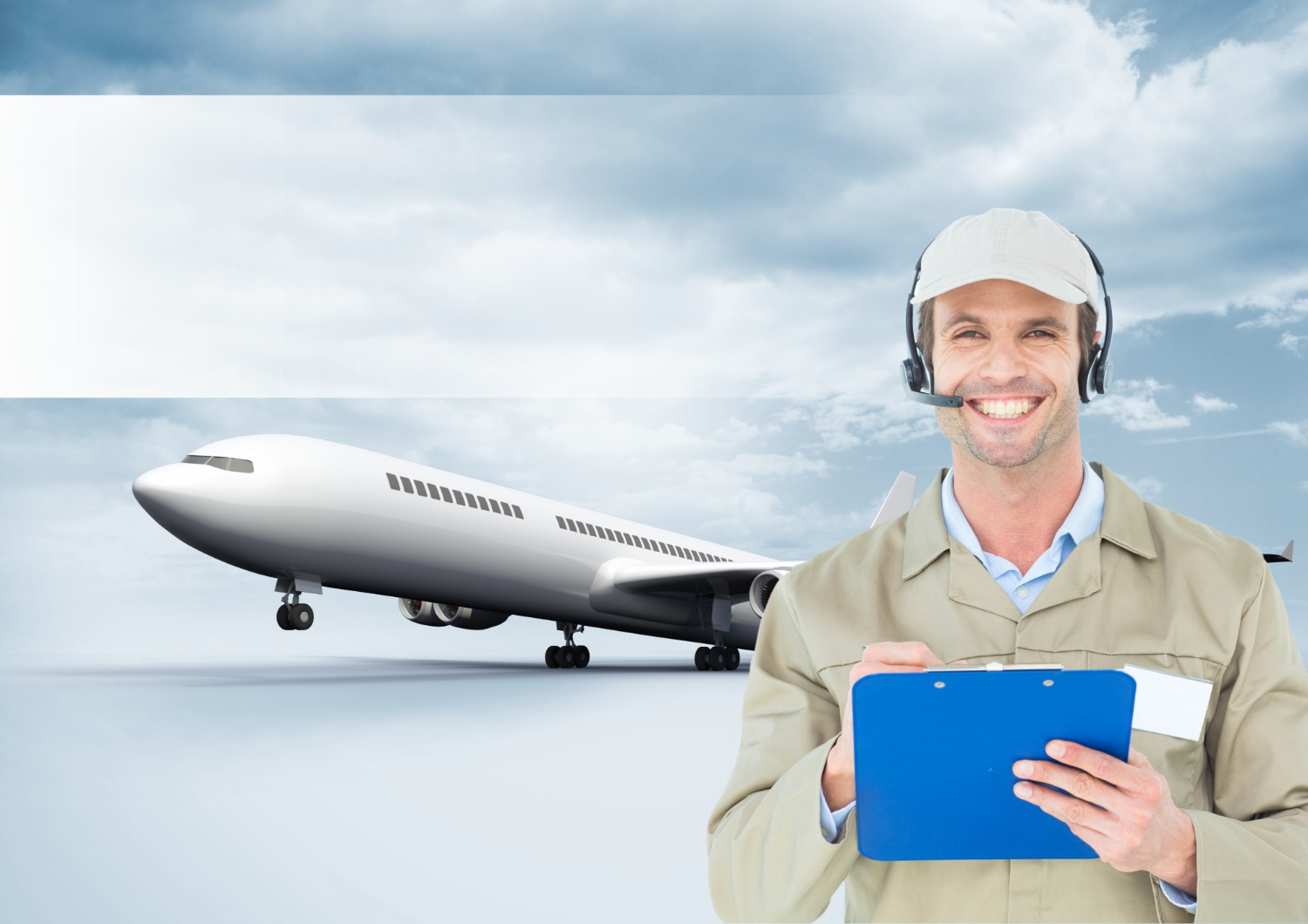
An aviation academy precisely teaches about the landing gear system during pilot training. In ground school, students study the principles, functioning and warning signs related to landing gear in subjects like “Technical General” and “Aircraft Systems”. Along with theoretical knowledge, students are taught the gear-up/down procedure, gear failure and emergency handling in real conditions in simulator sessions. The academy also prepares students for DGCA exams, where questions related to landing gear are often asked.

Landing gear is an important topic in the CPL/ATPL ground school exam conducted by DGCA in the subjects “Technical General” and “Aircraft Systems”. Here, students are asked:
Academies use mock tests and question banks to prepare for these questions.
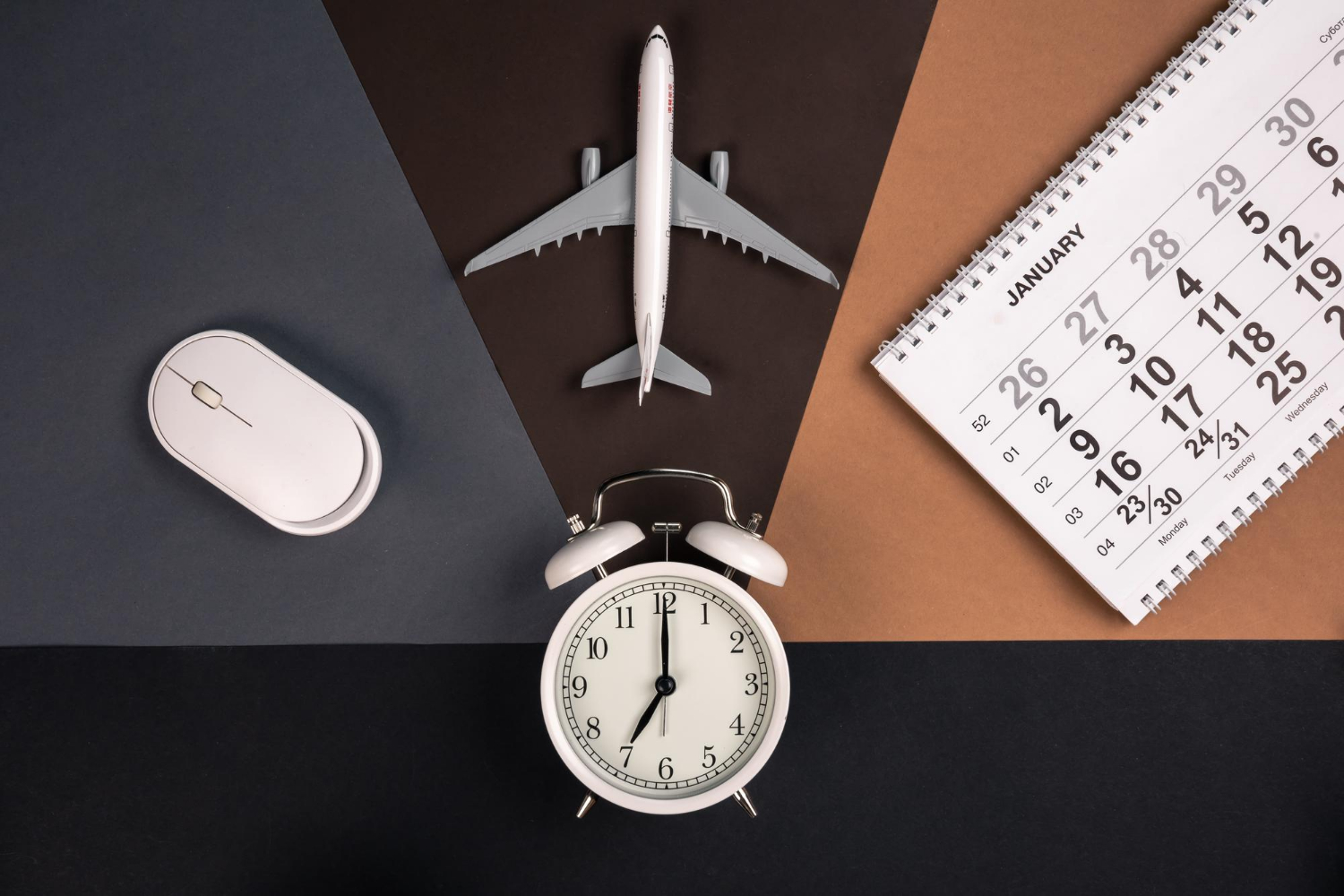
A mistake in gear operation can pose a serious threat to aircraft safety. The flight can be in danger. If the wheels are not closed after takeoff, it will affect the climb and consume more fuel. Conversely, if the wheels are not opened before landing, the plane can suffer extreme damage. Therefore, every pilot should have complete knowledge of time, altitude and gear position and follow the SOP.

The operation of the aircraft's wheels is an extremely important process during flight. It is not just a mechanical task, but the result of a pilot's training, vigilance and experience. Opening and closing the wheels at the right time not only increases flight efficiency but also ensures passenger safety.
An excellent aviation academy teaches this complex system to students in a practical form, enabling them not only to pass the DGCA exam but also to become responsible and skilled pilots. No matter how modern the aircraft is, the pilot's understanding is its biggest strength, and this is the real guarantee of a safe flight.
Flapone Aviation is one of the best pilot training academies in India, helping you become a pilot of the highest repute and have a fruitful career ahead. The cost of providing the training is fairly reasonable when compared to the quality of instruction given. Sao, there is no need to wait and think too much, just enroll with us and start your journey of becoming a pilot.
Connect with our aviation mentors to find the right path toward becoming a licensed aircraft pilot.